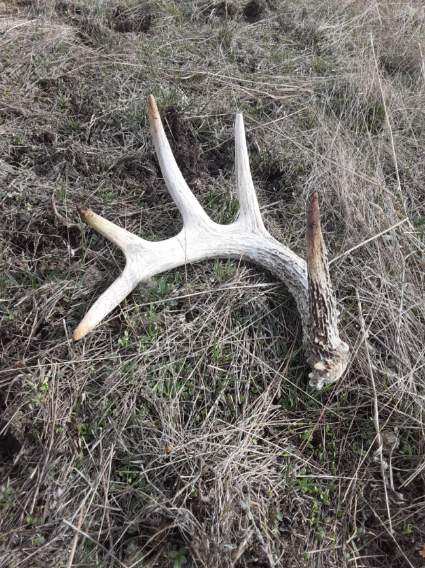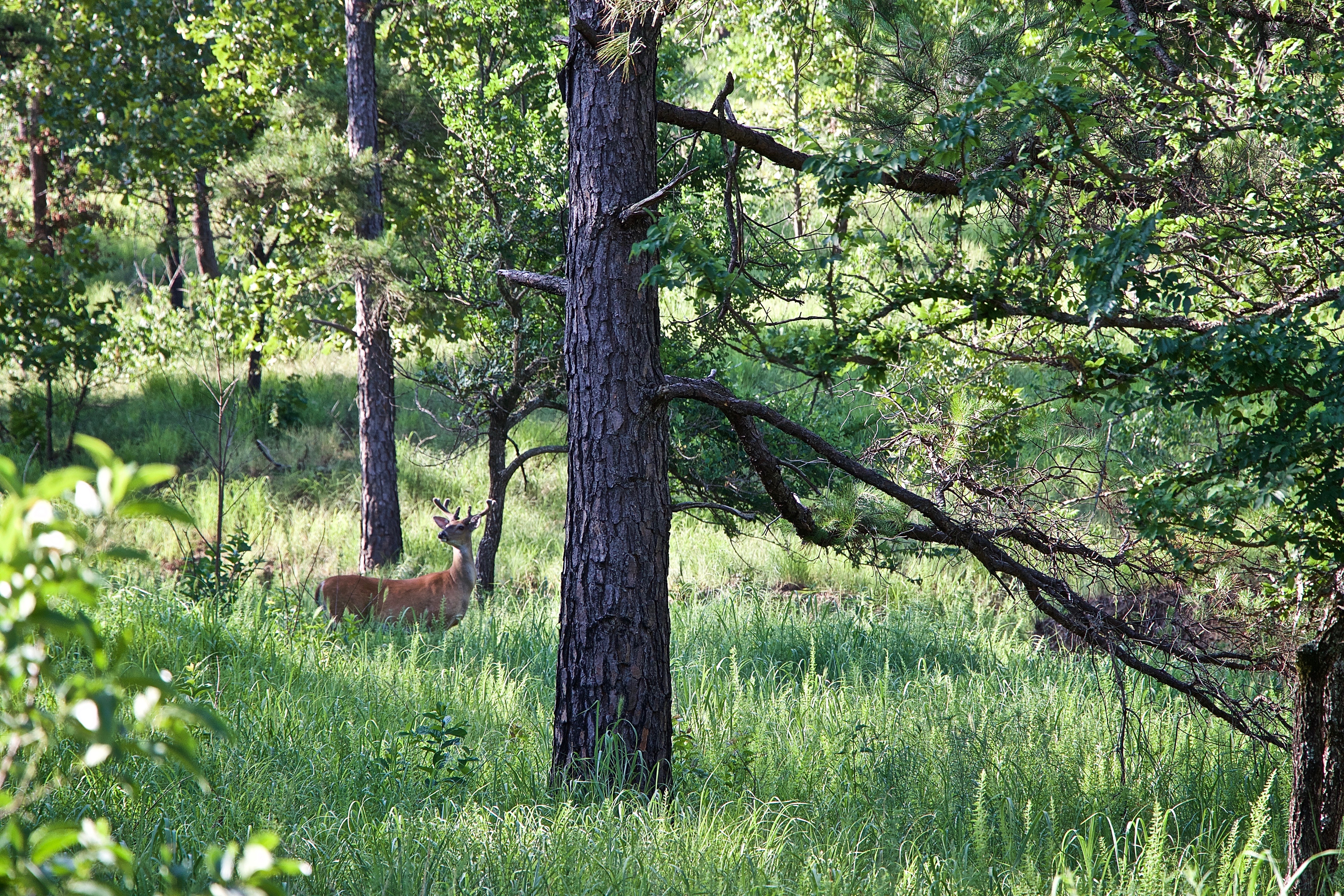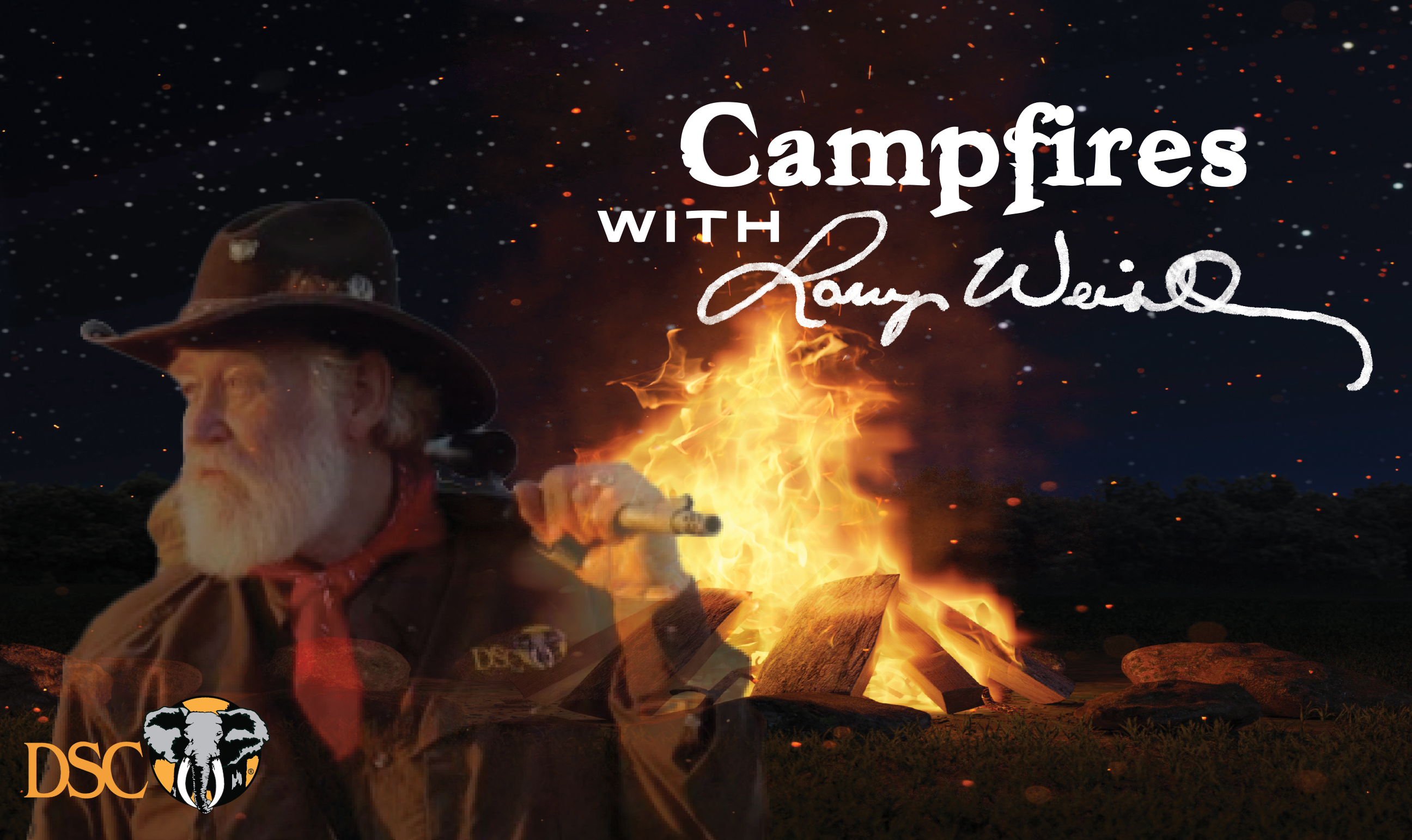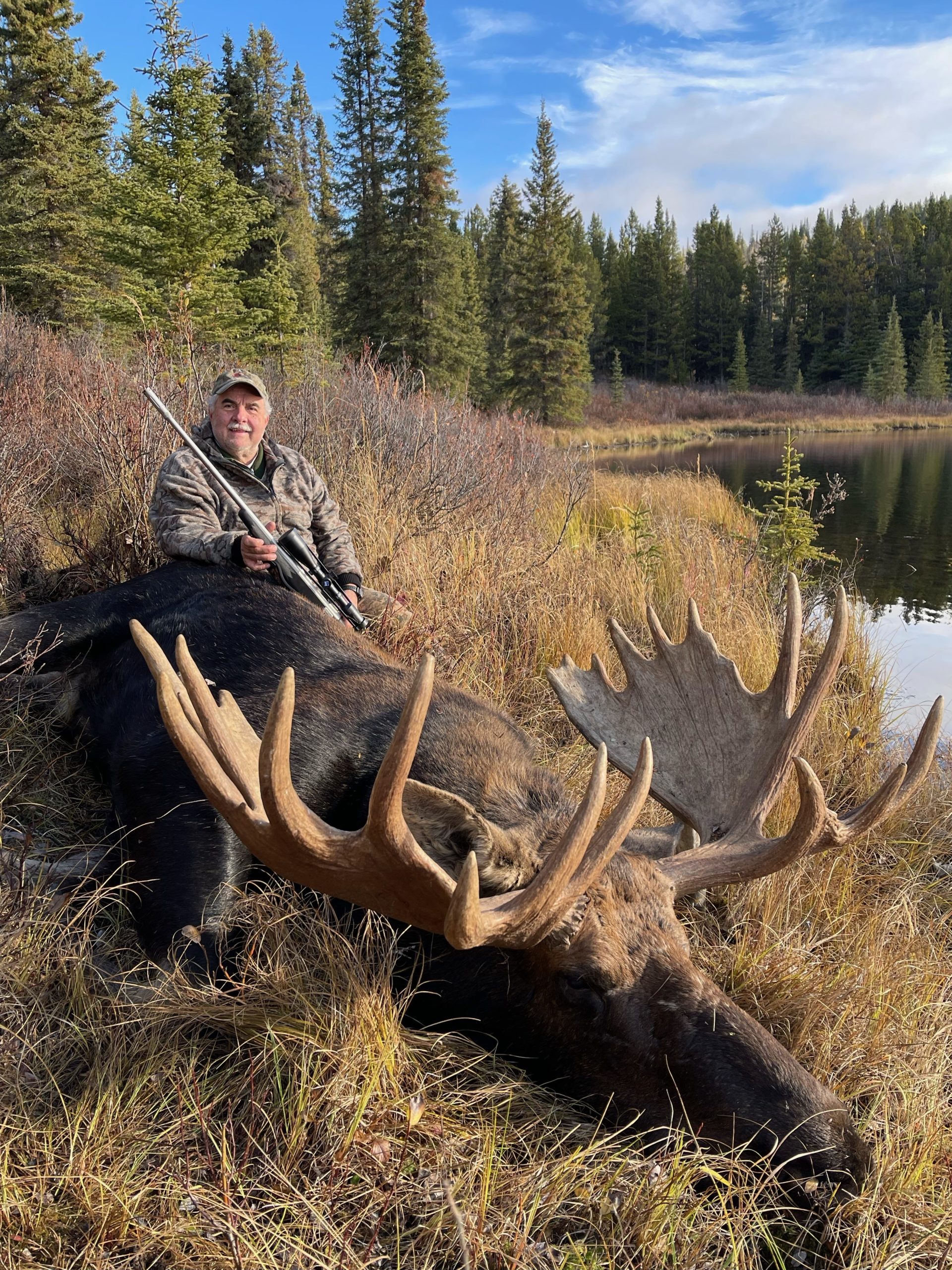Smooth as Velvet
[author] [author_image timthumb=’on’]https://www.biggame.org/wp-content/uploads/2019/10/untamed.png[/author_image] [author_info]Larry Weishuhn is a widely known writer, speaker, raconteur and world hunter. He co-hosts “DSC’s Trailing the Hunter’s Moon” on Pursuit Channel, CarbonTV and the show’s YouTube Channel.[/author_info] [/author]
“You’ve got a nice group going. Your three shots are all touching, forming a clover leaf,” commented my brother, Glenn, as he peered through our spotting scope. “I’d say you got a choice. Quit now with a group that looks like one ragged hole…Or, shoot two more rounds and hope you don’t screw up your tight group. And it would be you because it looks like your 6.5×55 Swede likes that Trijicon Huron scope and those Hornady 140-grain SST loads!”
His points were well taken. If I stropped now that tight group surely would make a pretty photo. And, with that sort of accuracy, there was no reason to shoot more than three times.
If an animal did not go down immediately with the combination I would indeed try to put another round into the vitals, albeit at a different place than the first shot.
I am one who believes in shooting follow-up shots, but not placing my bullet in the exact same place as the first shot. Using good non-solid bullets, those produced by Hornady open a substantial wound channel. Placing a follow-up shot into the nearly exact place does little more than possibly, heavy on the “possibly,” create a slightly bigger wound channel, and would likely do no more damage than the first shot. Given a second or third follow-up shot, I always try to place that bullet through a different part of the vitals, creating a second and/or third wound channel.
Knowing my rifle was dead-on at 100 yards, rather than shooting two more shots at that target, I decided to shoot the 200-yard target. Those two touched and were just below the center of the one-inch bullseye.
Was ammo easier to come by, I might have continued shooting. But with the current “ammo situation” I decided remaining bullets would best be used putting holes in game for the table rather than for punching holes in paper!

I bade my brother a good afternoon and headed to the deer woods in hopes of finding shed antlers and maybe seeing some deer. Late March through May are the most boring when it comes to the “world of deer hunting,” in my opinion. Thankfully there is shed hunting, because bucks for a while during early summer look not a whole lot different than does, other than their “starting” antlers. Even on big bucks, there is not much to look at in the growing antler department until the second and third main beam tines are obvious. Yeah, there is a hint at possible mass early on, but for a while, there is not really much to look at.
Looking for sheds is something totally different. Even when in the field by myself having spotted a big cast antler I find myself running to where it lays, not unlike having to race them to the shed to claim it.
While looking for sheds, hopefully, those that have only recently been dropped or cast, I also look for those which have been laying around for a couple of years or longer. Finding somewhat possibly chalky outer surface sheds, I look to see if they have been chewed on—by mice, rats, squirrels, rabbits as indicated small teeth. These smaller mammals chew on shed antlers for calcium, phosphorous and trace minerals. If older sheds look like they have been chewed on by deer or even cows, indicated by larger chewing marks, this tells me there is likely a lack of calcium, phosphorous and other minerals in the local soils and vegetation. Should I find several chewed-on shed antlers, I will look for places where I can set up man-made “natural” mineral licks.
If local state regulations allow, I will dig a shallow hole, alongside a well-traveled deer trail. If baiting is legal in the area, for two or three weeks I pour shell corn into the hole to get deer coming to that exact spot. Once the deer know that spot holds things of interest for them, I pour a sack of commercially purchased mineral mix into the hole and throw a few kernels of corn on top. After that, I simply visit the “lick-site” every few months and if necessary replenish the mineral.
On the properties I have managed in the past, we often saw a peak in mineral lick use during spring when does are trying to “build” their unborn fawns and bucks are trying to produce antlers.
There are numerous commercial deer minerals, all of which “work” for the most part. The things I look at in these mixtures are primary and trace minerals, but also the salt content. In areas where soils tend to be saline, meaning higher salt content, I use minerals with lower salt content. Where soil tends to be low in salt, I use mineral mixes that have a higher salt content. Following this regimen has worked quite well for me.

Do supplemental mineral licks help deer to any great extent? Frankly in my opinion it is a toss-up. However, I have managed properties where once we added mineral licks, deer seemed to be healthier and develop bigger antlers. But minerals were and generally are not “the magic bean” or answer-all. We too, on those properties through a variety of ways increased daily quality food availability and allowed bucks to mature before putting hunting pressure on them. To me, minerals were and are simply another cog of the wheel to success.
Some states have outlawed any kind of salt or mineral supplementation because of concerns about CWD. Before you consider setting up a mineral or salt lick, be certain to check your local state regulations.
The Spring is a great time to spend time outside, even if a little boring, not having antlers to look at!
 Regardless of what is going on in the world, there are always small things, of beauty and splendor, for us to enjoy, admire and appreciate!
Regardless of what is going on in the world, there are always small things, of beauty and splendor, for us to enjoy, admire and appreciate!
Watch “DSC’s Trailing the Hunter’s Moon” TV show on our YouTube Channel, or on CarbonTV.
If you haven’t heard any of the “Campfires with Larry Weishuhn” podcasts, visit blubrry.com/untamedheritage/ to listen to one of our dozens of podcast episodes.


